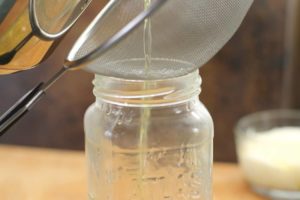

Afterwards, the butter is strained until a clear batch of liquid clarified butter remains. Wheat flour or roasted and ground fenugreek seeds are mixed with roasted wheat kernels, and cooked with the butter on low heat – allowed to simmer. This mixture is then placed into a separate vessel where it is brought to a boil. In Yemen, there is a local custom where hot water is added to butter while the milk or whey is still within the butter. In cuisine of the Indian subcontinent, ghee is made by cooking clarified butter longer during the separation process in order to caramelize the milk solids, resulting in a nutty flavor when they are filtered out. It has negligible amounts of lactose and casein and is, therefore, acceptable to most who have a lactose intolerance or casein allergy. Clarified butter also has a much longer shelf life than fresh butter. Properties Ĭlarified butter has a higher smoke point (252 ☌ or 486 ☏) than regular butter (163–191 ☌ or 325–376 ☏), and is therefore preferred in some cooking applications, such as sautéing. This butterfat is the clarified butter.Ĭommercial methods of production also include direct evaporation, but may also be accomplished by decantation and centrifugation followed by vacuum drying or direct from cream by breaking the emulsion followed by centrifugation.

It can also be separated with a separatory funnel or a gravy fat separator. whey proteins) float to the surface and are skimmed off, and the remainder of the milk solids ( casein) sink to the bottom and are left behind when the butterfat on top is poured off. Typically, it is produced by melting butter and allowing the components to separate by density. The result is a clear, yellow butter that can be heated to higher temperatures before burning. Clarified butter is butter from which all milk solids have been removed.


 0 kommentar(er)
0 kommentar(er)
